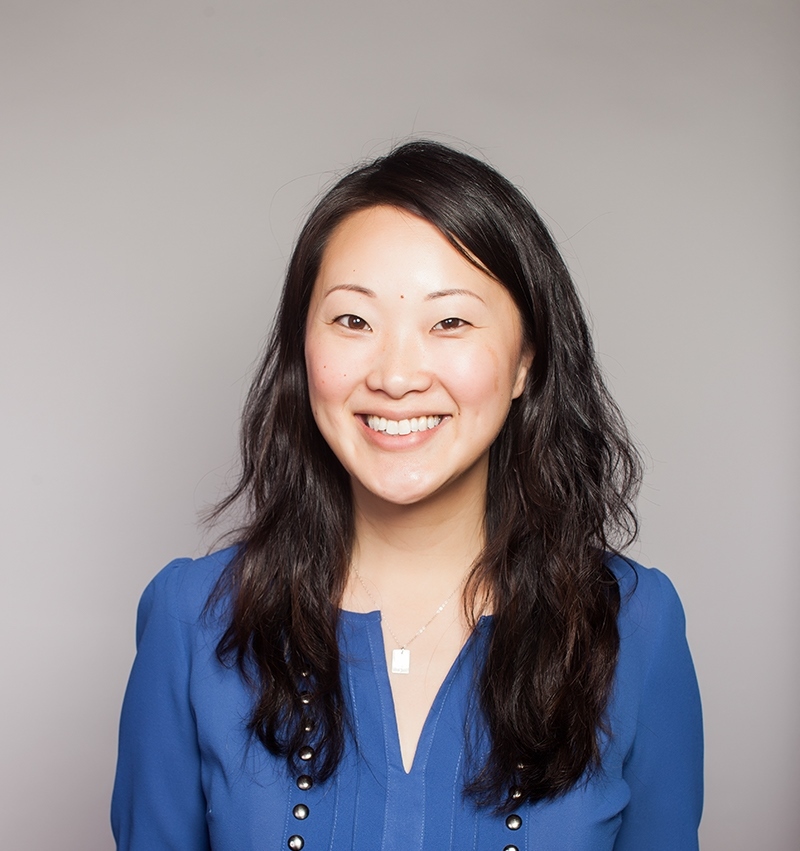When Alice Vichaita joined Pinterest in 2016 as head of global benefits, the social media company looked a lot different. The company was half the size it is today and, she says, “pretty limited in the types of benefits [it] offered.”

As the San Francisco-based company grew–it now has about 2,000 employees–Pinterest’s benefits changed, too. It moved from a fully-insured medical plan to a self-insured medical plan and added offerings like benefits for working parents, fertility coverage and expanded mental health coverage through a partnership with Lyra Health, a mental healthcare provider covering more than 1.3 million lives.
So when the coronavirus pandemic became reality, Pinterest was in a good position to tackle associated employee challenges with the benefits it offered, Vichaita says.
“In these times we are living in, we are in a fortunate position that we already invested in a lot of resources,” she says. “If companies haven’t been focused on mental health and supporting parents, this is kind of a rude awakening.”
Related: Is COVID-19 a turning point for workplace mental health?
Although Pinterest already had a number of benefits in place when the pandemic took hold, the company also took a hard look at what offerings were available and rolled out more to help. Among them: a stipend to help employees set up a home office; extra mental health attention; virtual wellness classes; and a new paid leave program for parents.
“Parents are a population we’re pretty concerned about, with kids being at home and [trying to] homeschool children while trying to get [their] regular work done. We knew we wanted to focus on them,” Vichaita says. Parents surveyed by the company shared their frustrations, saying they needed help because schools and childcare services were closed due to the pandemic.
That’s why Pinterest rolled out a new four-week paid leave offering for parents so they could take time off when they needed it. “We figured it’s important if they need a little bit of time off to get things in order with their kids or need to spend time with their family,” Vichaita says.
Related: Microsoft offers 12 weeks of paid parental leave due to pandemic
Pinterest also expanded its partnership with parenting benefits provider Cleo to give more parents access to the tool. Previously, Pinterest offered the benefit to parents with children 18 months or younger; now parents with kids 5 and younger can use it.
“We already are pretty flexible as a culture, but I think we learned to be even more flexible because everyone is going through different things,” Vichaita says. “There isn’t really a one-size-fits-all. And we should lead with empathy and work with employees to see what works for their situation.”
Flexibility also extended to other perks, especially when employees went remote. One such move was taking the company’s popular fitness classes online. Yoga, aerobics and other classes previously offered onsite were moved to Google Hangouts or Zoom.
Perhaps most significant though, Vichaita says, has been zeroing in on mental health support–a focus shared by scores of other employers as they witness the dramatic effects the pandemic is having on employees’ mental and emotional health. A survey from mental health provider Ginger, for instance, finds that the vast majority of employees say this is the most stressful time of their career–even more stressful than 9/11 and the 2008 Great Recession.
Related: COVID-19 strategy 101: How to improve mental health
Pinterest has leaned heavily on its partnership with Lyra Health, which offers employees 12 sessions of free therapy. The company has seen an uptick in utilization with the program, especially among employees who haven’t used it before. “A lot of employees are going to Lyra more [because] so many are going through a struggle right now,” she says.
Pinterest also gave workers two extra “wellbeing days” over Memorial Day weekend so employees could have an extended long weekend and “do something for themselves,” Vichaita says.
Related: Cisco looking to alleviate COVID stress with this unique perk
Additionally, the company developed a four-week program it dubbed Pintentions “after growing concerns that burnout was on the horizon for our employees,” says Pinterest CHRO Jo Dennis. The goal was to provide everyone with the tools they need to create balance in their life.
At the start of each week, the company shared resources and best practices focused across four themes to help prevent burnout: prioritizing, controlling, connecting and learning. The resources included books, podcasts, articles, wellness exercises and playlists to set the weekly intention. Each week, leaders shared their stories and “hands-on tips, including blocking time for childcare, rethinking to-do lists, taking phone meetings while walking and encouraging employees to turn off their laptop cameras to address eye fatigue from non-stop video meetings,” Dennis says.
The importance of focusing more on employee mental health has been one of the biggest lessons learned by the company, Vichaita says.
“We see it and hear it in studies and the news–that people are really struggling,” she says. “Everyone is going through a different situation, so everyone’s needs are different. Companies will focus on mental health more than they did before.”

